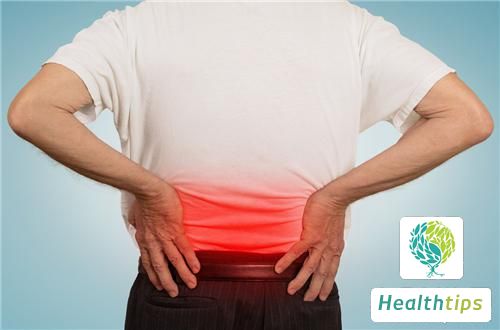What Are the Preparations for Coronary Angiography?
Preparations for coronary angiography include preoperative relevant examinations such as blood routine, coagulation function, local skin preparation, iodine allergy test, etc. Patients need to ensure good rest and sleep, and perform bowel movements before surgery. (1) Preoperative relevant examinations include blood routine, coagulation function, liver and kidney function, electrolyte status, infection indicators, etc. Additionally, electrocardiogram, echocardiogram, and chest X-ray examination are also required. These examinations are usually completed before or after hospitalization. (2) Preoperative preparations include local skin preparation, iodine allergy test, antibiotic skin test, and marking of the puncture artery. These preoperative preparations are usually performed 12 to 24 hours before the surgery. Furthermore, doctors must obtain a signed consent form for coronary angiography surgery from the patient's family members before the surgery, and explain the necessity and potential risks of the surgery in detail to the family members, answering any questions raised by them or the patient. (3) Patient preparations include: ① Patients receiving coronary angiography are advised to fast for 4 to 10 hours before the surgery. Typically, if the surgery is scheduled for the morning, breakfast should be skipped; if it is scheduled for the afternoon, lunch should be skipped, but breakfast should be eaten. It should be noted that the meal schedule should be determined based on the timing of the surgery, and specific inquiries should be made to the attending doctor. ② Ensure good rest and sleep. For patients with mental stress, sedatives may be administered on the evening before the surgery. This is crucial because poor rest can affect the patient's physical condition and increase intraoperative risks. ③ Patients scheduled for angiography via the femoral artery should practice bedpan use for bowel movements 1 to 2 days before the surgery. ④ Practice the necessary movements during the surgery, mainly breathing and coughing. During coronary angiography, patients are required to take a deep breath and hold it. This action helps to produce clearer images. After each angiography, the doctor will ask the patient to cough, which helps to expel the contrast agent from the coronary arteries as quickly as possible, increasing safety. Each cycle of inhalation → holding breath → coughing takes approximately 10 seconds. ⑤ Before the surgery (usually, the doctor will inform the approximate start time), it is advisable for patients to use the toilet for bowel movements to minimize inconvenience postoperatively.




















